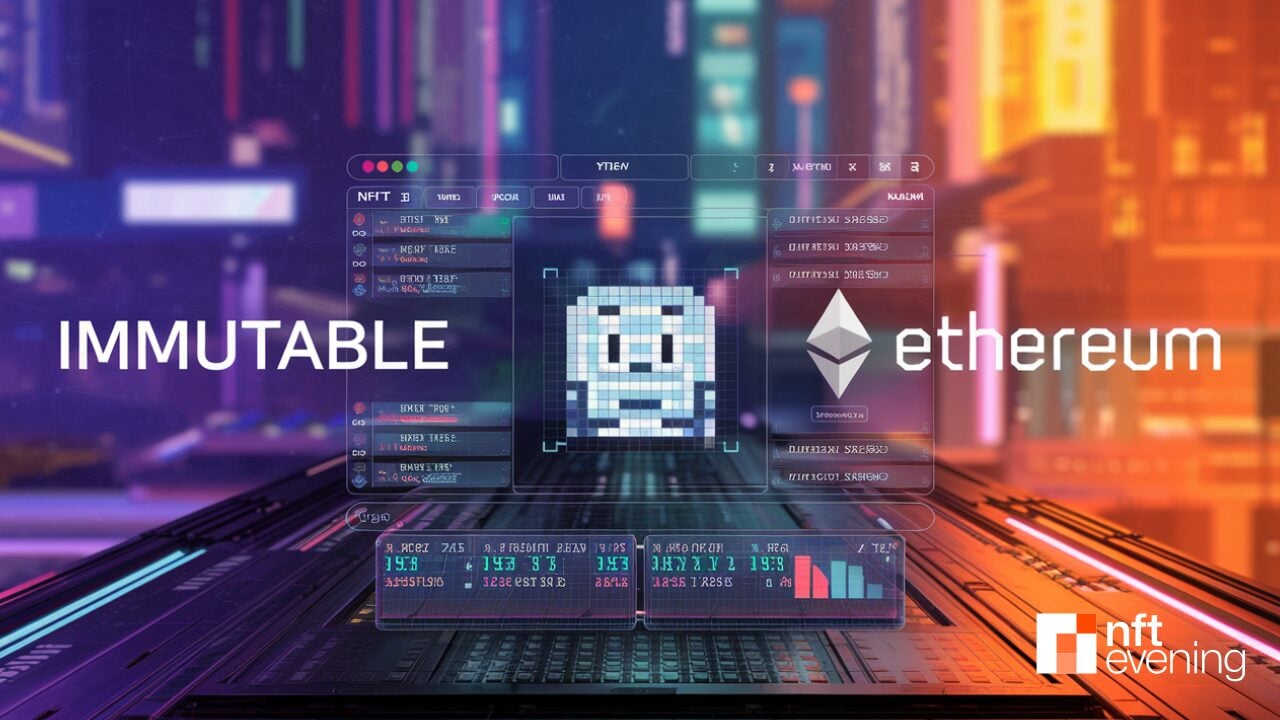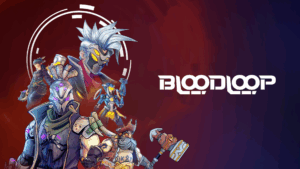Immutable Surpasses Ethereum in NFT Market as Crypto Gains Momentum

Immutable Surpasses Ethereum in NFT Trading Volume: A New Era for Digital Assets
In June 2025, Immutable achieved a significant milestone by exceeding Ethereum in monthly NFT trading volume, as reported by Binance Research and various market analytics platforms. This marks the first instance in 2025 where Immutable outperformed Ethereum, driven largely by a surge in gaming-related NFTs and growing dissatisfaction among users regarding Ethereum’s high transaction fees. Overall NFT trading volume saw a 7.2% increase in June, while Ethereum experienced a notable downturn in its NFT activity.
- What’s Behind Immutable’s Rapid Rise?
- Ethereum vs. Immutable: A Shift in Dynamics
- Key Trends in NFTs to Watch This Fall
- Navigating the Evolving NFT Landscape
- Step 1: Select the Right Blockchain
- Step 2: Set Up a Multichain Wallet
- Step 3: Focus on Real Utility Beyond Hype
- Further Learning Resources
- Conclusion: Embracing the Future of NFTs
This shift indicates a gradual market recovery, fueled by a bullish trend in Bitcoin and other established cryptocurrencies. The growth is primarily attributed to blockchain networks that emphasize gaming, with Immutable seeing a substantial rise in NFT transactions, contrasting with the decline of more general NFT applications on Ethereum.
What’s Behind Immutable’s Rapid Rise?
Immutable’s Web3 gaming ecosystem has witnessed remarkable growth in NFT transactions, largely due to the successful launch of “Guild of Guardians” and the ongoing popularity of the play-to-earn (P2E) model. Three key factors contribute to Immutable’s competitive edge:
- No Gas Fees for NFT Transactions: Users can engage without incurring additional costs.
- Carbon-Neutral Infrastructure: Utilizing zkEVM technology, Immutable maintains an environmentally friendly approach.
- Strong Emphasis on Web3 Gaming: The platform is dedicated to developing robust gaming ecosystems.
Meanwhile, Ethereum-based NFTs, including popular collections like Azuki and Bored Ape Yacht Club, have faced significant declines, possibly due to market saturation and the fatigue of existing owners. Despite this, Ethereum remains dominant in the realm of high-value art and collectible NFTs.
Ethereum vs. Immutable: A Shift in Dynamics
A comparison between Ethereum and Immutable reveals distinct differences. Ethereum, which has long been the leader in the NFT space, imposes gas fees ranging from $3 to $12 per transaction and primarily supports general-purpose NFTs in art, collectibles, and identity sectors. Although Ethereum has made strides in sustainability through recent upgrades, its scalability remains moderate.
Conversely, Immutable offers gas-free transactions and focuses on the niche of Web3 gaming and digital assets. It operates on a high-performance, carbon-neutral zkEVM Layer 2 infrastructure. This transition reflects a broader trend of creators migrating to more cost-effective and efficient blockchain solutions. Similar patterns are emerging with Bitcoin Ordinals, where inscription-based NFTs are gaining traction, particularly among creators seeking affordable and speedy alternatives.
Key Trends in NFTs to Watch This Fall
As we move into the coming months, several trends in the NFT landscape are worth monitoring:
- Playable NFTs and Avatars: Games like Illuvium and Shrapnel are creating NFTs that offer utility across multiple platforms, appealing to gamers who desire functional assets.
- Corporate Onboarding into Web3: Major companies like Amazon are rumored to be exploring NFT marketplaces, potentially integrating tokenized rewards and loyalty programs.
- Decentralization of Metadata: Collectors increasingly prefer artworks stored on decentralized platforms like IPFS or Arweave, leading to scrutiny of projects lacking decentralized metadata.
- Rise of AI-Generated NFTs: The popularity of AI-generated art is surging, with tools like Midjourney and DALL·E enabling the creation of generative story-based NFTs that evolve over time.
Navigating the Evolving NFT Landscape
For collectors, creators, and newcomers, understanding the current NFT wave is essential:
Step 1: Select the Right Blockchain
- Utilize Immutable for gaming, in-game assets, and scalable projects.
- Opt for Ethereum for blue-chip art and established brand names.
- Explore Bitcoin Ordinals for long-term historical NFT investments.
Step 2: Set Up a Multichain Wallet
- Consider using MetaMask for Ethereum and Layer 2 solutions.
- Explore Immutable Passport for enhanced gaming logins.
- Look into wallets like Unit or Xverse for Bitcoin Ordinals.
Step 3: Focus on Real Utility Beyond Hype
- Offer access to games, applications, or real-world events through token gates.
- Implement revenue-sharing or staking options.
- Develop comprehensive roadmaps and ensure decentralized metadata.
Further Learning Resources
For those new to NFTs, various educational materials can help demystify the concept. Websites like CryptoManiaks provide quick tips on creating wallets, cross-chain minting, and understanding royalties within the NFT ecosystem.
Conclusion: Embracing the Future of NFTs
The NFT boom of 2021 has given way to a period of correction and skepticism from 2022 to 2024. However, mid-2025 heralds the arrival of NFT 2.0, characterized by interoperability, utility, and chain-agnostic features. The Immutable X token (IMX) signifies not just a data spike over Ethereum but a transformative shift in digital ownership, emphasizing scalability, accessibility, and real-world utility.
Whether you’re trading digital art, building a brand, or entering the NFT space for the first time, now is the moment to pivot your focus toward high-performing chains. The most discerning collectors in 2025 will prioritize not just art, but also access, utility, and sustainable value.







